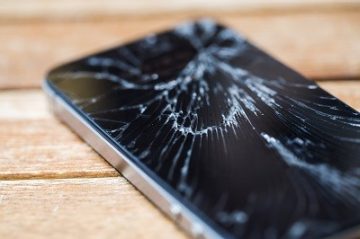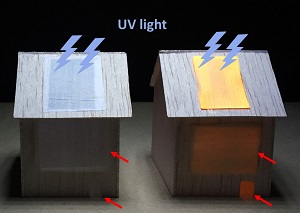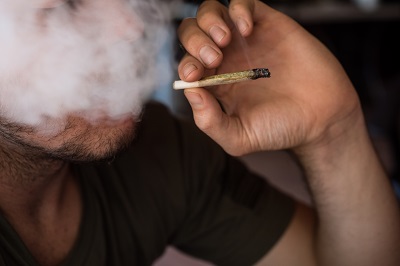FOR IMMEDIATE RELEASE

“A Green Strategy for Developing a Self-Healing Gelatin Resistive Memory Device”
ACS Applied Polymer Materials
Dropping a cell phone can sometimes cause superficial cracks to appear. But other times, the device can stop working altogether because fractures develop in the material that stores data. Now, researchers reporting in ACS Applied Polymer Materials have made an environmentally friendly, gelatin-based film that can repair itself multiple times and still maintain the electronic signals needed to access a device’s data. The material could be used someday in smart electronics and health-monitoring devices.
Global consumer demand for hand-held smart devices is rapidly growing, but because of their fragility, the amount of electronic waste is also increasing. Self-repairing films have been developed, but most only work a single time, and some are made with potentially harmful agents that curtail their use in biomedical applications. Researchers have tried incorporating gelatin in electronic devices because it is transparent, readily available and safe. In tests, however, damaged gelatin film was not restored quickly. Yu-Chi Chang and colleagues wanted to see if they could make a repeatedly self-healing gelatin-based film that would mend cracks in minutes and preserve electrical functionality.
The researchers mixed gelatin and glucose to create a flexible film that they sandwiched between conductive material to simulate an electronic device. After bending the simulated electronic device, the team saw breaks in the gelatin-glucose film disappear within 3 hours at room temperature and within 10 minutes when warmed to 140 F. Gelatin without glucose did not self-repair under the same conditions. The glucose-based gelatin also transferred an electrical signal following multiple rounds of damage and repair, with an unexpected improvement to the film’s electrical performance. The experiments show that glucose and gelatin probably form reversible and interlocking imide bonds during the healing process. The new film could help maintain the durability of touchscreen and flexible display devices, advanced robotics and assisted health technologies, the researchers say.
The authors acknowledge funding from the Ministry of Science and Technology of Taiwan (Province of China).
To automatically receive press releases from the American Chemical Society, contact newsroom@acs.org.
Note: ACS does not conduct research, but publishes and publicizes peer-reviewed scientific studies.
Note: ACS does not conduct research but publishes and publicizes peer-reviewed scientific studies.





